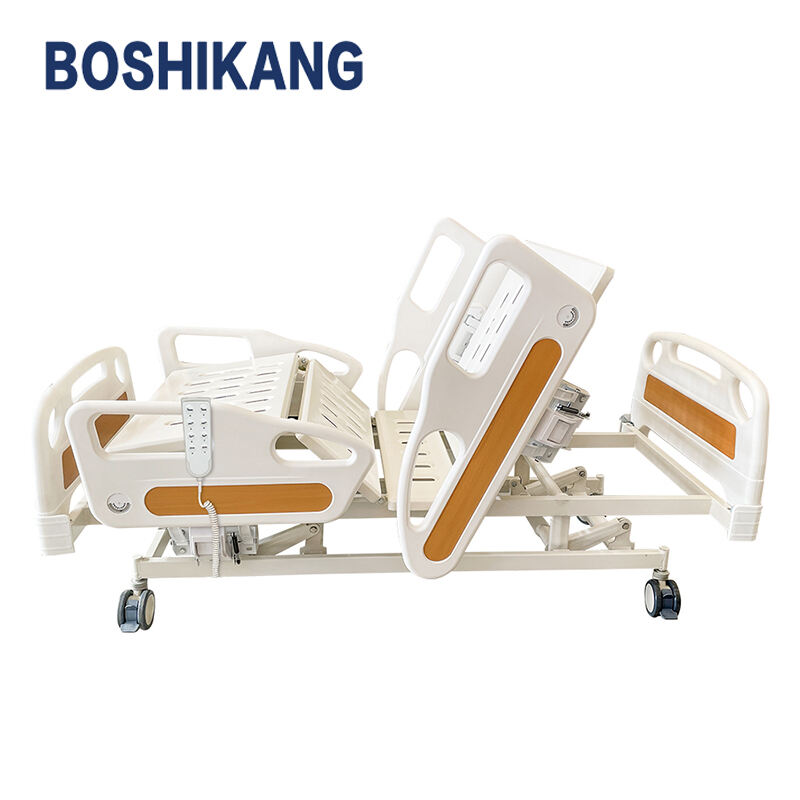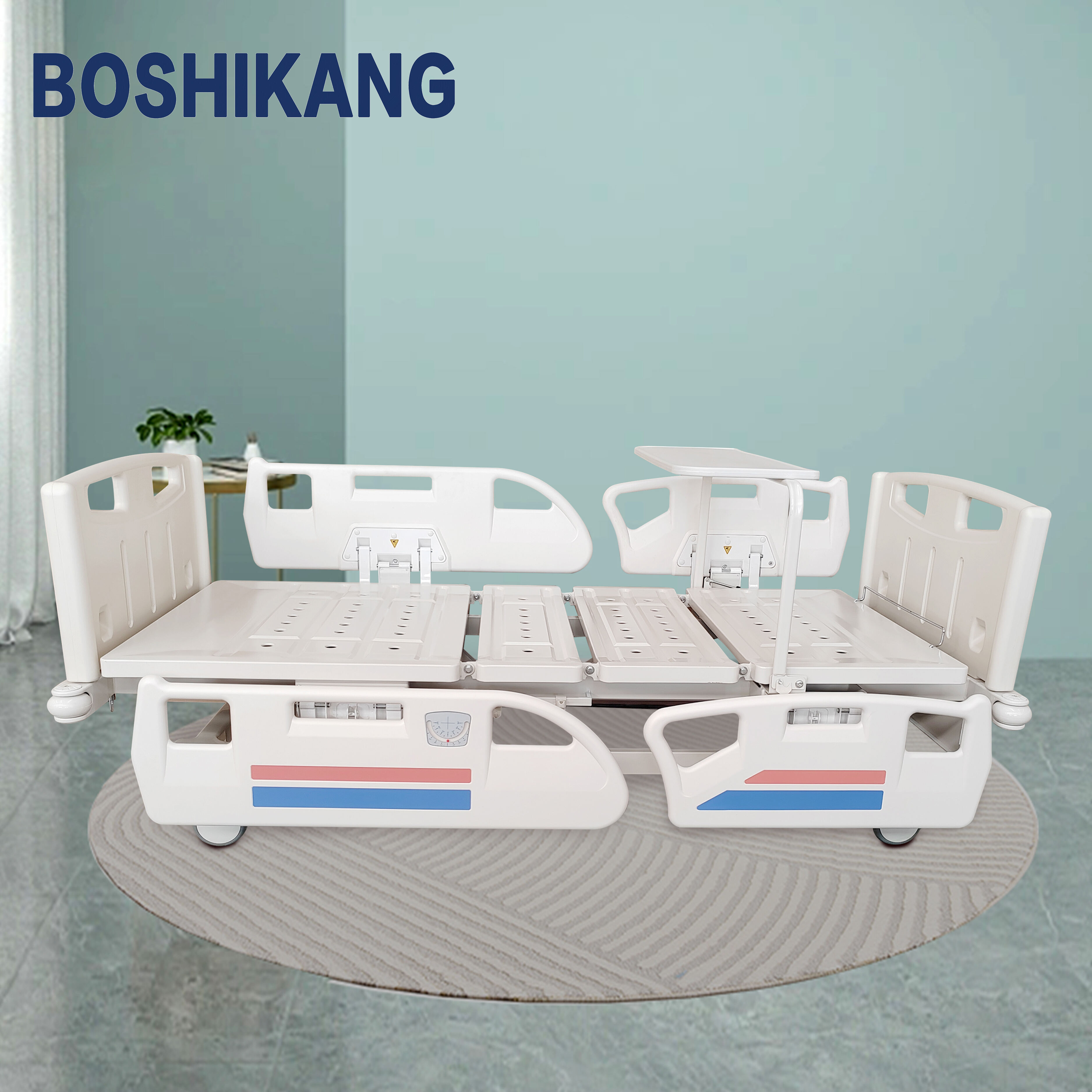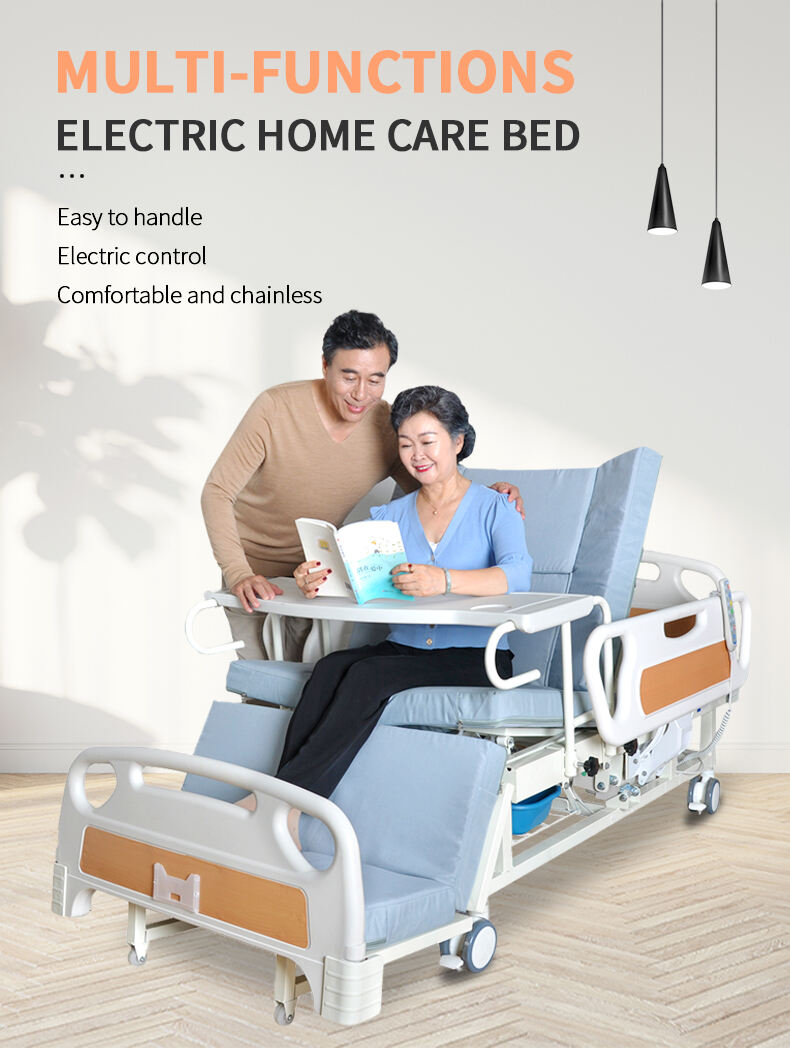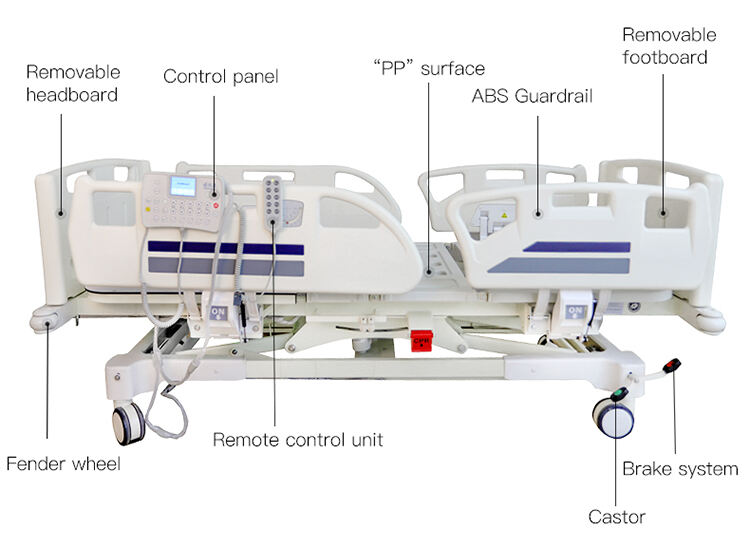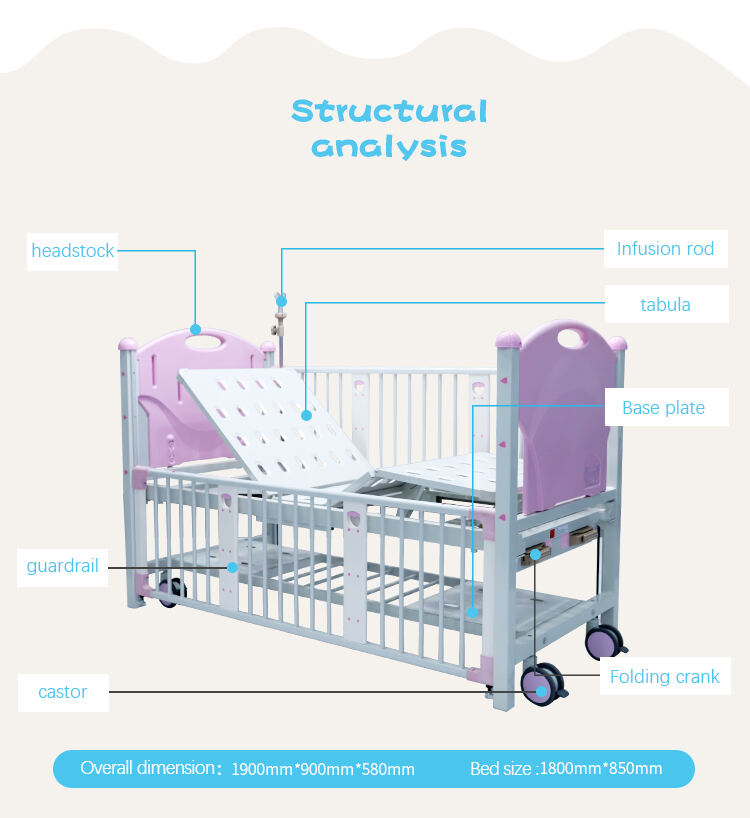patient bed price for home
Patient bed prices for home healthcare solutions vary significantly based on features, quality, and functionality. Modern home patient beds combine comfort, safety, and advanced technology to provide optimal care in a domestic setting. These beds typically feature adjustable height mechanisms, allowing caregivers to work at ergonomic levels while reducing strain. The electric controls enable smooth transitions between positions, from flat to seated configurations, enhancing patient comfort and independence. Most models include side rails for safety, which can be easily lowered for access or raised for protection. The mattress support platform usually consists of multiple sections that can be adjusted independently, accommodating different therapeutic positions. Premium models often incorporate advanced features such as built-in scales, pressure relief systems, and emergency backup power. Prices generally range from $500 for basic manual models to $3,000 or more for fully electric beds with advanced features. The construction materials, weight capacity, warranty coverage, and additional accessories all influence the final price point. Many manufacturers offer financing options and rental programs to make these essential medical devices more accessible to families managing long-term care needs at home.

